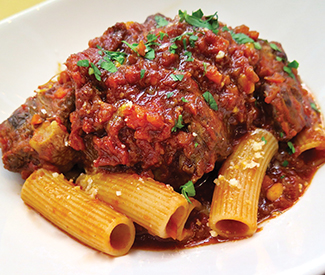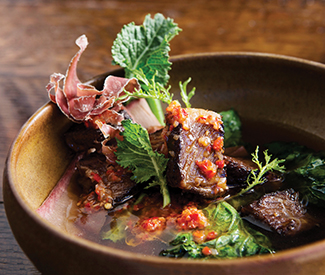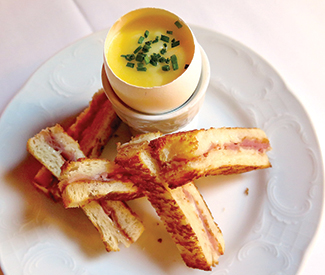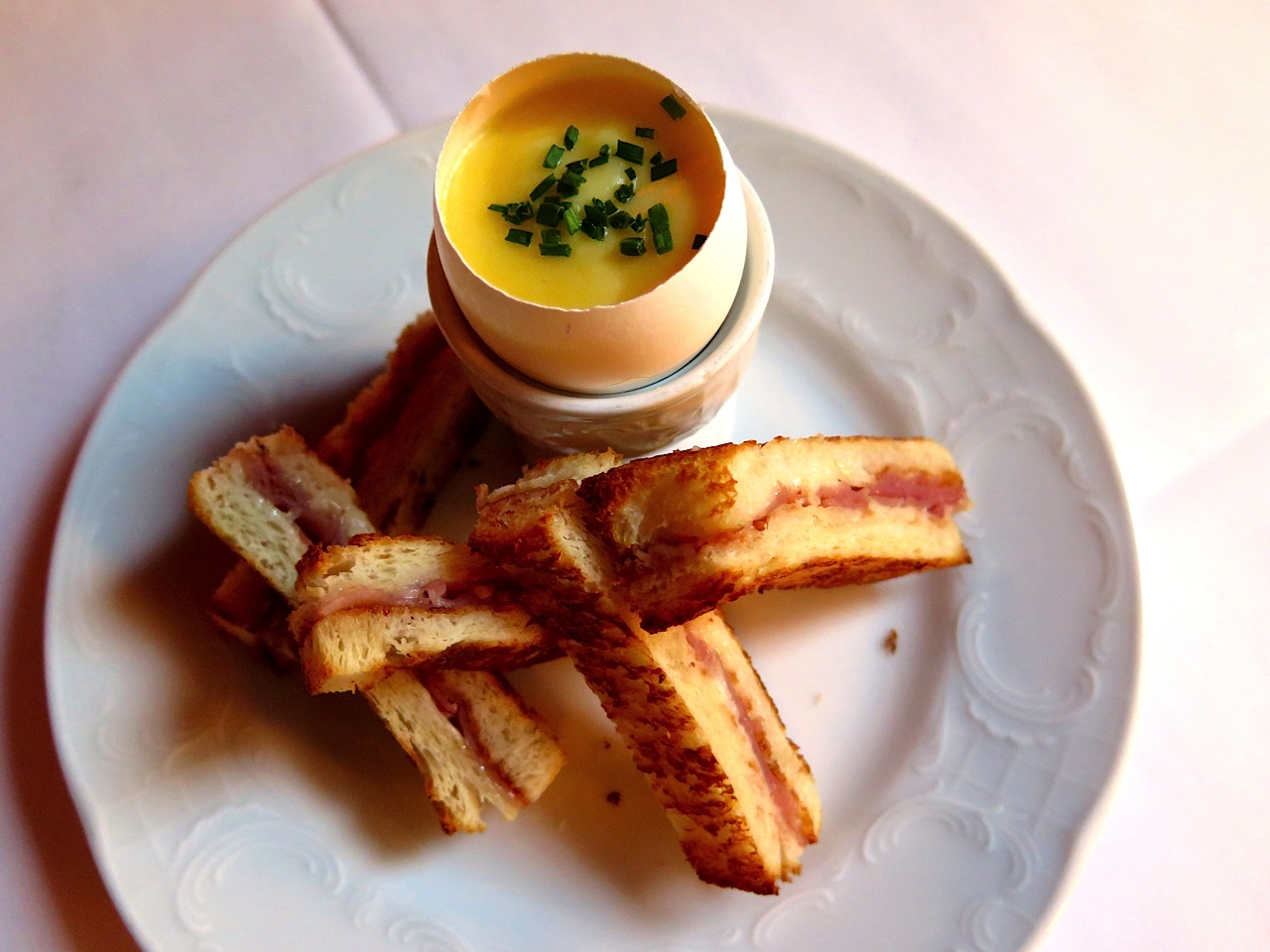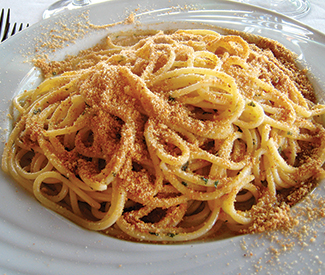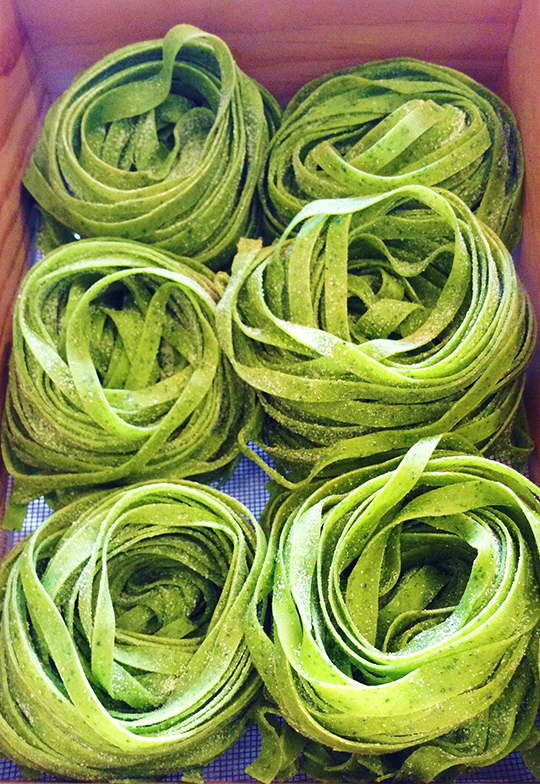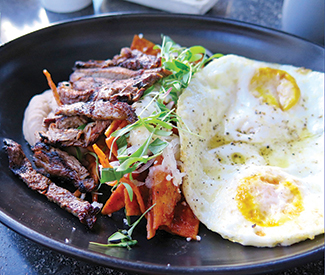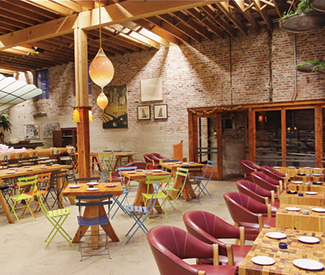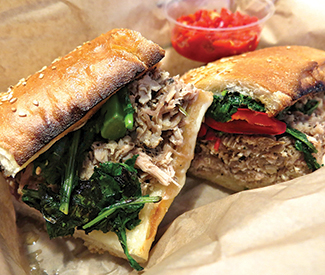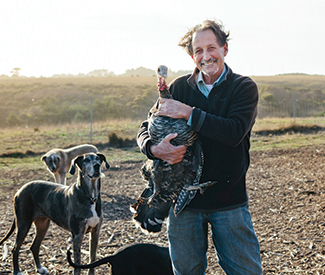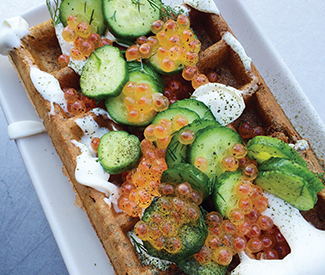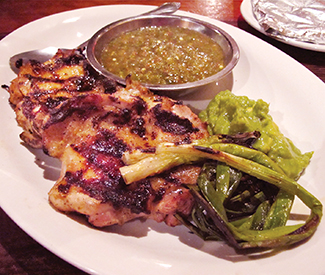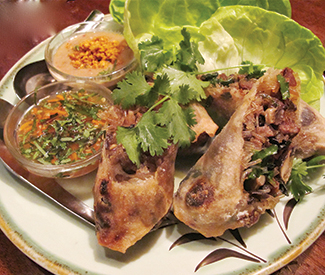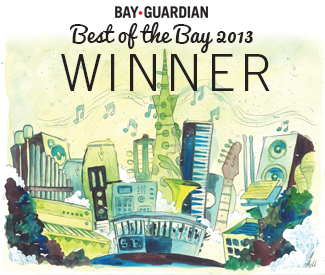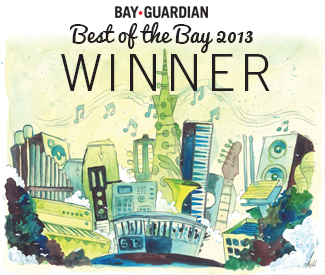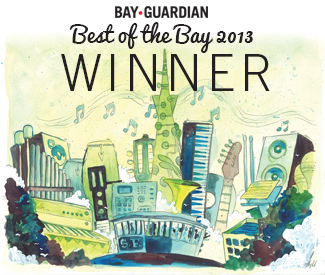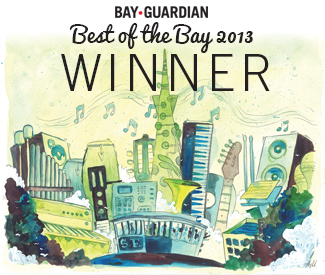culture@sfbg.com
TABLEHOPPING Sometimes you just need to get out of town, and look at that, we have wine country right in our backyard. Winter and early spring are an ideal time to visit: there are fewer crowds and better room rates, and it’s easier to make reservations. I’ll be writing a few upcoming columns with ideas for swell overnight getaways, whether you want to escape with your sweetie or your best pal.
When exactly was the last time you stayed in downtown Napa? Exactly. Things are a-changin’. Check in to the Andaz Napa (1450 First St, Napa. napa.andaz.hyatt.com), which has a great central location, and while it’s a bit on the larger side, the hotel is aiming for boutique style. Go for one of the loft or terrace rooms if the price is right, and ask for a room that’s back-facing and not on First Street (it’ll be quieter). Plan on getting some sleep, because the beds are a pillowy dream. When warm summer temperatures are back, the terrace (complete with fire pits!) will be open for drinks and hanging out.
Book a reservation for dinner at the recently opened Torc (1140 Main, Napa. www.torcnapa.com) in the former Ubuntu. The handsome, spacious dining room contains 90 seats, with 17 at the bar. Chef-owner Sean O’Toole (Quince, Cotogna, Bardessono) is one hell of a cook: his menu spans both the inventive and the traditional, ranging from Bengali sweet potato pakoras with yogurt-truffle dip to a violet artichoke soup. The free-range chicken for two is a standout, and there are also some housemade pastas ($14–$19) you should strongly consider (remember, he has that Quince pedigree). Dessert is a must. The pastry chef, Elizabeth Gentry, is so talented (try the citrus-praline tart with lemon curd and smoked ganache).
If you desire a nightcap, you can head to Morimoto (610 Main St., Napa. www.morimotonapa.com) for what is usually a lively scene in the lounge and bar, or enjoy a digestivo or grappa at the small bar inside Oenotri (1425 First St, Napa. www.oenotri.com), conveniently within stumbling distance of the Andaz.
The next day, if you’re a biscuit lover, you’ll want to hit up the popular Napa Valley Biscuits (1502 Main, Napa. www.napavalleybiscuits.com), a Southern diner serving biscuit-y breakfasts that will hold you until dinner (and help soak up any extended wine tastings later in the day). There’s also fried chicken and waffles, or you can go for the Yardbird — fried chicken, bacon, and gravy sandwiched inside a biscuit. Uh huh.
The Thomas at Fagiani’s (813 Main, Napa. www.thethomas-napa.com) has a tasty, casual brunch — think corn pancakes, good egg dishes, and a quality Bloody Mary — and if the weather is nice, the rooftop terrace is where you want to be. When tomato season is back, the BLAT (bacon, lettuce, avocado, tomato sandwich) is tops.
Another option is to visit the Oxbow Public Market (644 First St, Napa
www.oxbowpublicmarket.com). Start the day with at the Ritual Coffee stand, and then take a seat at Ca’ Momi (www.camomi.com), an enoteca featuring dishes from all over Italy. Order the Ca’ Momi Ca’ Rosa Frizzante to go with the flatbread with lardo di Colonnata, a rare treat. Piadine (flatbread sandwiches) also rule, especially one with radicchio, prosciutto cotto, and creamy stracchino cheese filling.
Ca’ Momi’s blazing pizza oven cranks out about 20 kinds of pizza, from a classic (and certified) margherita to the Momi, with porchetta, taleggio, and caramelized onion. If the carbonara with egg and pancetta isn’t a perfect brunch pizza, I don’t know what is. Plus there are nine kinds of vegetarian pies for those on a healthier tip. If you’re in a lunchy mood, the pastas rock, like a northern Italian dish of spatzle allo speck with cream, or the decidedly Roman rigatoni con coda alla vaccinara (with oxtail, pinenuts, and soffrito). For dessert, get the bigné — cream puffs with a variety of fillings.
From there? Check out wine tasting rooms like Vintner’s Collective, 1313 Main, and Carpe Diem. The Culinary Institute of America is offering new Napa wine education classes at the CIA Wine Studies Annex in the former Copia, listed on www.localwineevents.com. Oh yeah, and there are always the Napa Premium Outlets if you’re in a shopping frame of mind. (Dangerous after wine tasting, btw).
Marcia Gagliardi is the founder of the weekly tablehopper e-column; subscribe for more at www.tablehopper.com. Get her app: Tablehopper’s Top Late-Night Eats. On Twitter: @tablehopper.

